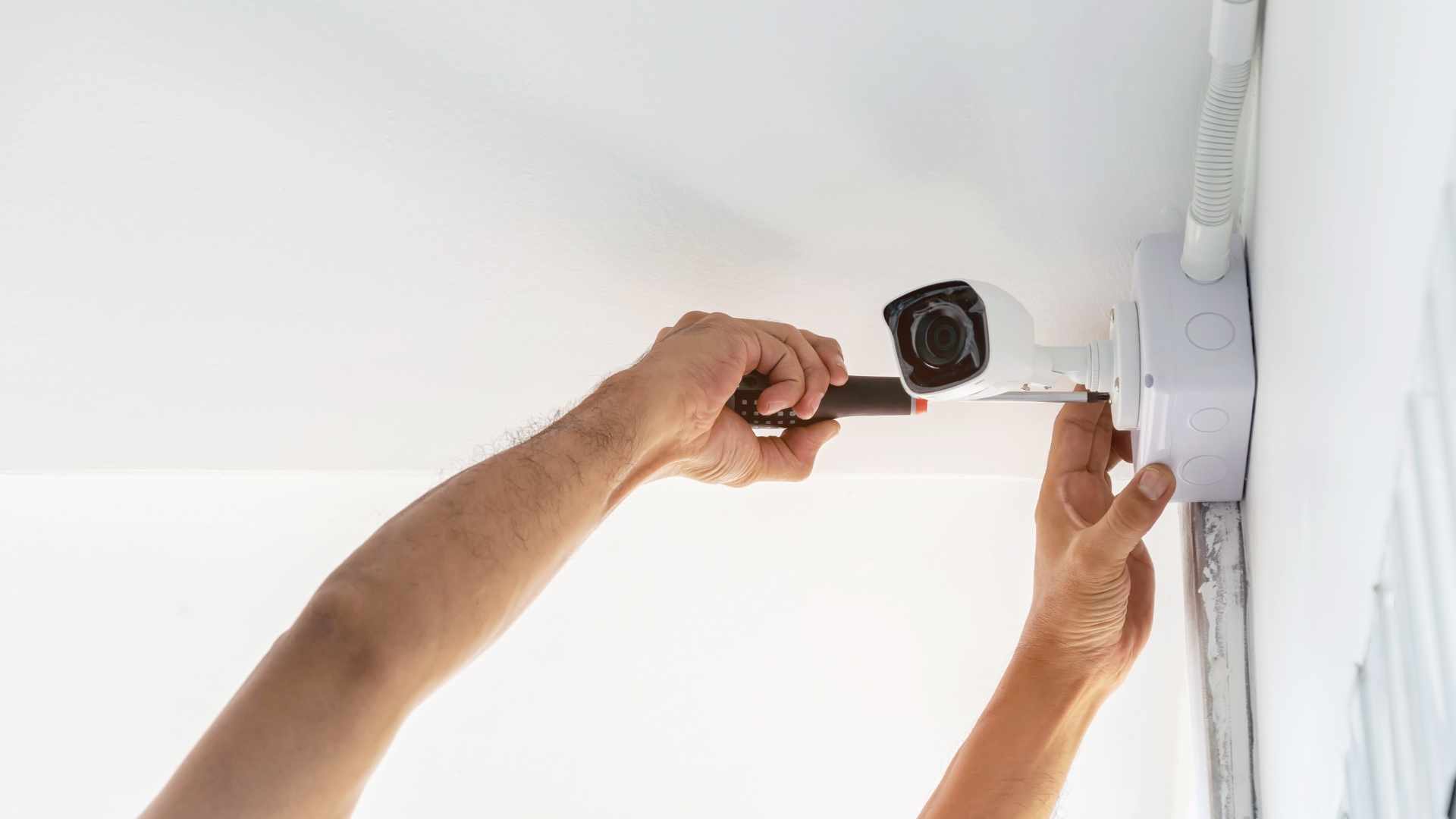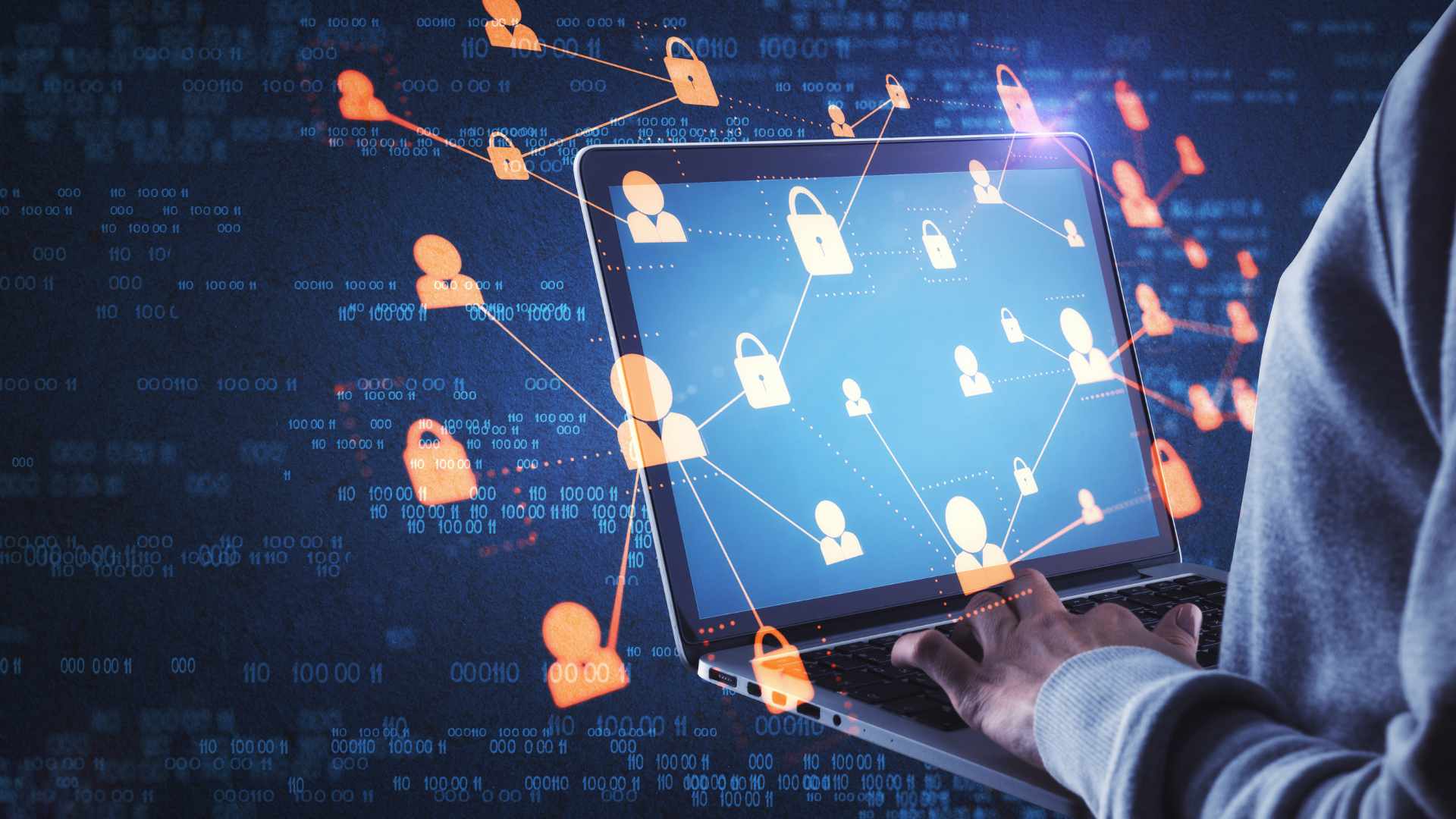Threats to sensitive data and key systems have risen due to our growing reliance on digital platforms for personal communication and commercial operations. System security protects information systems against cyber threats and ensures data is available, intact, and confidential. Organisations and individuals alike must grasp the significance of system security and understand what it comprises.
What Is Home System Security?
With technological advancements, home security systems have evolved to offer robust solutions that protect against various threats. This overview will explore the critical aspects of home system security, drawing insights from leading providers and experts.
Technicians assess individual needs and recommend solutions that fit within budget and meet specific security requirements. This includes application control, patching, configuration management, user application hardening, and managing administrative privileges. The automated system ensures that homes remain compliant with cybersecurity standards, reducing the risk of cyber threats.
Benefits of Home Security Systems
- Protection Against Intrusions: Security systems deter potential intruders and provide immediate alerts in case of a breach.
- Safety for Family Members: Features like remote access and intercom systems help families ensure the safety of their members.
- Monitoring and Control: Homeowners can monitor their property in real time and control security features from their devices.
- Insurance Benefits: Many insurance companies offer premium discounts for homes with security systems.
- Increased Property Value: A comprehensive security system can enhance a property’s value, making it more attractive to potential buyers.
Important Parts Of Home System Security
Ensuring your home’s security involves integrating various components that work together to protect against intrusions, fire hazards, and other potential threats.
Control Panel or Keypad
The control panel is the “brain” of the security system, connecting all components and allowing the arming and disarming of alarms. It acts as a communication point between you and the security service provider. Keypads are used to input commands and can display system status, making them essential for daily interaction with your security system.
Security Cameras
Cameras are vital for monitoring and recording activities inside and outside your home. They can be wired or wireless, visible or concealed. Advanced cameras allow real-time viewing via smartphones or other devices, enhancing security by enabling remote monitoring.
Alarm Systems
These systems detect unauthorised entry through doors or windows and sound an alarm to alert occupants and deter intruders. Many alarm systems can be connected to a monitoring service that alerts authorities in case of a security breach.
Motion Sensors
Placed around the home, motion sensors trigger alarms or lights when movement is detected in restricted areas. They work with other security components to provide comprehensive protection.
Door and Window Sensors
These sensors create a circuit when doors or windows are closed. Breaking the circuit (by opening the door or window) triggers an alarm. Installed entry points are crucial for detecting and preventing unauthorised access.
Smoke Alarms
Smoke alarms are essential for early fire detection, providing warnings that can save lives and property. New regulations often require interconnected smoke alarms in homes, ensuring that all alarms in the house will activate when one alarm sounds.
Intercom Systems
Intercoms, both audio and video, allow you to see and communicate with visitors without opening the door, enhancing safety and convenience. These systems can be integrated with other security components for a unified security solution.
Sirens
Sirens are loud alarms that sound when a security breach is detected, alerting occupants and neighbours and deterring intruders. They are a crucial part of an effective security system designed to draw immediate attention to a security incident.
Types Of Threats To System Security
Understanding these threats is crucial for implementing effective security measures. Below are the main threats to system security, as highlighted by various cybersecurity experts and solutions.
Malware Attacks
Malware, or malicious software, includes viruses, worms, trojans, ransomware, and spyware. Malware can disrupt operations, steal sensitive information, encrypt data for ransom, or spy on user activities.
Insider Threats
Insider threats stem from employees or other trusted individuals who misuse their access to harm the organisation. This can lead to data leaks, sabotage, or financial loss.
Identity Theft
Identity theft occurs when someone fraudulently uses another person’s identity to access resources or obtain credit and other benefits. This can result in significant financial loss and damage to personal and organisational reputations.
Denial of Service (DoS) Attacks
DoS attacks overwhelm a system with traffic, making it unavailable to users. Disrupts business operations and services. Security solutions must include measures to detect and mitigate DoS attacks to ensure system availability.
Advanced Persistent Threats (APTs)
APTs are prolonged and targeted cyberattacks aimed at stealing data or monitoring activities over an extended period. Highly sophisticated and can cause significant damage before detection.
Core Measures And Best Practices In System Security
Here are some fundamental measures and best practices in system security derived from leading cybersecurity sources.
Risk Assessment and Vulnerability Management
Regularly assess the cybersecurity posture through industrial network, firewall, and vulnerability assessments. Honeywell recommends comprehensive assessments to identify and mitigate risks in operational technology (OT) environments. Continuously monitor and address vulnerabilities to prevent potential exploits. Automated tools are used to identify and patch vulnerabilities promptly.
Multi-Factor Authentication (MFA)
Using more than just a password is crucial for protecting online accounts. Yubico highlights that hardware security keys provide a phishing-resistant form of MFA, which is more secure than SMS-based or mobile authentication methods.
Secure Coding Practices
Implement secure coding practices to ensure that applications are robust and free from vulnerabilities. Integrate security testing into the continuous integration/continuous deployment (CI/CD) pipeline to identify and fix issues early in development.
Employee Training and Awareness
Regularly train employees on cybersecurity best practices and the latest threats. Honeywell emphasises the importance of cybersecurity training as part of an overall security program. Educate employees about phishing attacks and how to recognise and respond to suspicious emails and messages.
Incident Response Planning
Develop and maintain an incident response plan that outlines steps for containment, eradication, recovery, and communication during a security incident. Conduct regular drills and simulations to ensure the effectiveness of the incident response plan and to keep the response team prepared.
Data Encryption
Encrypt sensitive data at rest and in transit to protect it from unauthorised access. Implement robust encryption protocols and regularly update them to address new threats. Ensure proper management of encryption keys, including secure storage and access controls.
Access Controls
Implement RBAC to ensure that users have access only to the resources necessary for their roles. This minimises the risk of internal breaches. Apply the principle of least privilege by granting users the minimum level of access required to perform their tasks.
Conclusion
System security is crucial in today’s digital era, as threats to sensitive data and critical systems have increased due to our growing reliance on digital platforms for personal communication and commercial operations. Organisations and individuals must understand the significance of system security to protect information organisations from threats and ensure data is available, intact, and confidential. Home system security is increasingly important, with technological advancements offering robust solutions that protect against various threats.
Comprehensive home security systems include CCTV, alarms, intercom systems, remote monitoring, and custom solutions. Essential cybersecurity measures include automated compliance, critical controls, and continuous compliance. Integrated security solutions combine advanced technology with security specialisation and a specialised workforce to deliver tailored security solutions.
System security is essential in today’s digital era, protecting against intrusions, fire hazards, and other potential threats. By integrating various components, such as control panels, keypads, security cameras, alarm systems, motion sensors, door and window sensors, smoke alarms, intercom systems, sirens, yard signs, and organisations, organisations can enhance their security and reduce the risk of cyber threats.
Core measures and best practices in system security are essential to mitigate these threats. These include risk assessment and vulnerability management, multi-factor authentication (MFA), secure coding practices, employee training and awareness, incident response planning, data encryption, role-based access control (RBAC), and the least privilege principle.
Risk assessment involves regular assessments of the cybersecurity posture, continuous monitoring and addressing vulnerabilities, and using automated tools to identify and patch vulnerabilities promptly. Continuous integration and security testing are also crucial for identifying and fixing issues early in development.
FAQs About Home System Security
What Are The Critical Components Of System Security?
The key components include risk assessment, vulnerability management, multi-factor authentication, secure coding practices, data encryption, access controls, and incident response planning.
How Does System Security Protect Sensitive Data?
System security employs various measures, such as encryption, access controls, continuous moniunauthorized, event unauthorised access and data breaches.
What Is The Role Of Multi-Factor Authentication (Mfa) In System Security?
MFA enhances security by requiring multiple verification forms, making it more difficult for unauthorised gain unauthorised access.
How Do Secure Coding Practices Contribute To System Security?
Secure coding practices ensure that applications are developed free from vulnerabilities, reducing the risk of exploitation by attackers.
Why Is Employee Training Essential For System Security?
Regular training ensures that employees are aware of the latest threats and best practices, making them an effective line of defence against cyber attacks.


